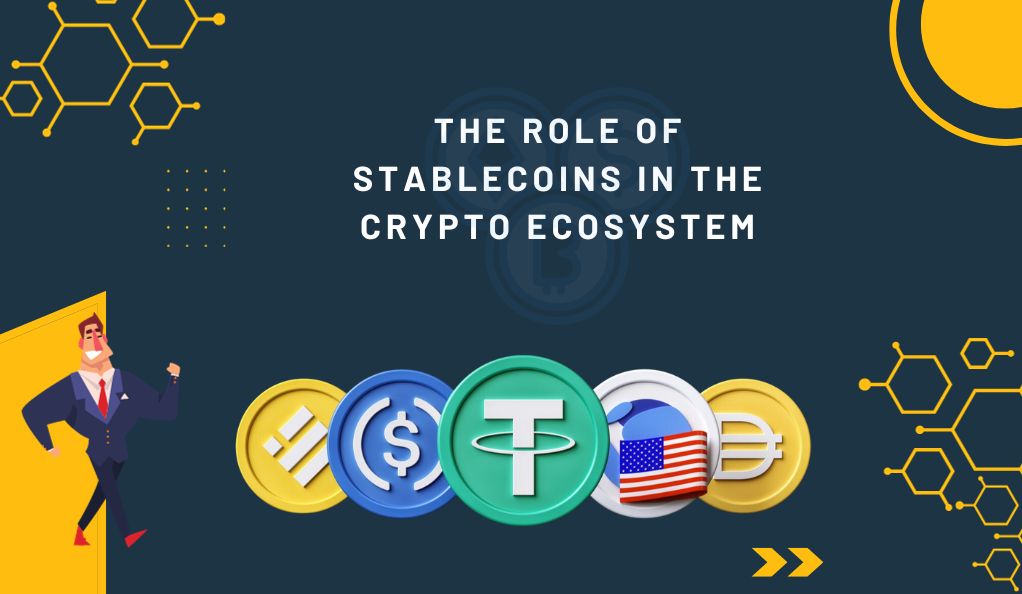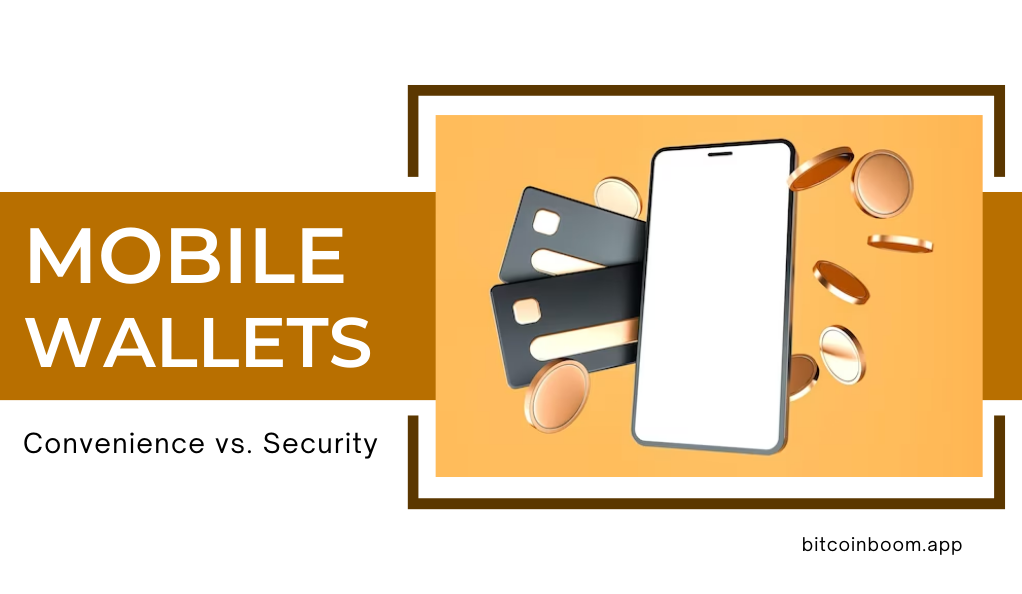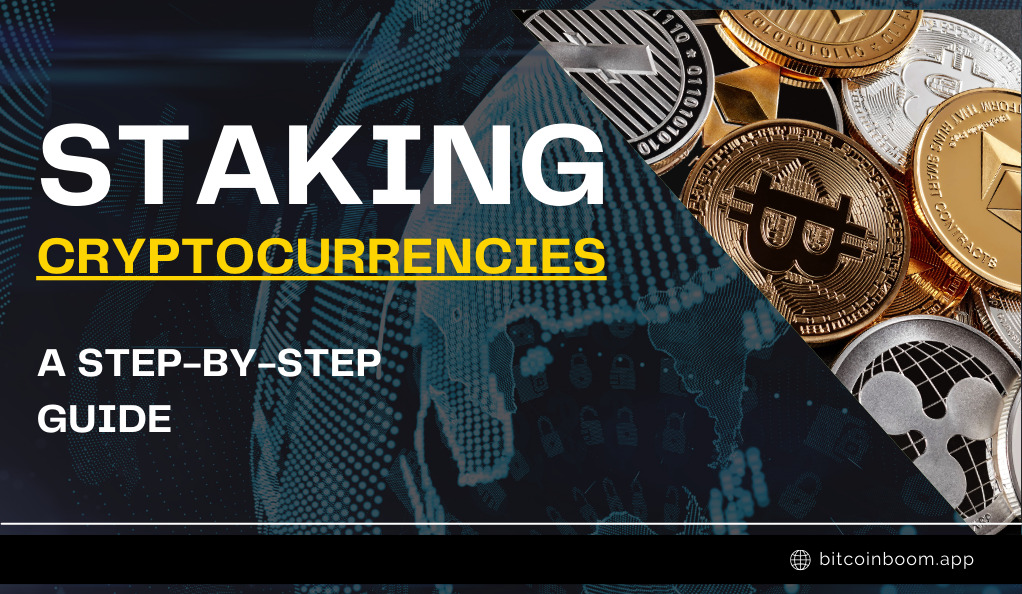The world of cryptocurrency has always been synonymous with Bitcoin, the pioneering digital currency that paved the way for a financial revolution. However, as we venture into 2023, the crypto landscape is no longer just about Bitcoin. A myriad of alternative cryptocurrencies, commonly referred to as “altcoins,” have emerged, each promising unique features, solutions, and potential for growth. This section delves into the current cryptocurrency landscape and underscores the significance of altcoins in today’s digital economy.
The Cryptocurrency Landscape in 2023
As of 2023, the global cryptocurrency market cap has surpassed a staggering $3 trillion, with over 10,000 different cryptocurrencies in circulation. While Bitcoin remains the dominant player, holding approximately 40% of the total market cap, altcoins have collectively captured a significant portion, indicating their growing importance and acceptance among investors and the general public.
| Cryptocurrency | Market Cap (in billions) | Percentage of Total Market |
|---|---|---|
| Bitcoin | $1,200 | 40% |
| Ethereum | $400 | 13.3% |
| Binance Coin | $150 | 5% |
| Other Altcoins | $1,250 | 41.7% |
The Significance of Altcoins
Altcoins are not merely Bitcoin clones. They represent a diverse range of blockchain projects, each addressing specific challenges and offering innovative solutions. For instance, while some altcoins focus on faster transaction speeds, others prioritize privacy, smart contract functionality, or even serve as tokens for specific platforms or ecosystems.
The rise of altcoins can be attributed to several factors:
- Diversification: Investors are increasingly looking at altcoins as a means to diversify their crypto portfolios, reducing the risk associated with putting all their eggs in the Bitcoin basket.
- Innovation: Many altcoins introduce novel features not present in Bitcoin, attracting users and developers seeking specific functionalities.
- Affordability: With Bitcoin’s price soaring, many new investors find altcoins more accessible due to their lower entry price.
As we navigate through 2023, it’s evident that while Bitcoin laid the foundation for the crypto revolution, altcoins are building upon it, expanding the horizons of what’s possible in the realm of digital finance. The subsequent sections will delve deeper into the altcoins that are making waves this year and why they deserve your attention.
The Evolution of Altcoins
The journey of altcoins is a testament to the dynamic nature of the cryptocurrency world. From their inception in the wake of Bitcoin’s success to their current prominence, altcoins have undergone significant transformations, both in terms of technology and market acceptance.
A Look Back: The Journey from 2009 to 2023
Bitcoin’s debut in 2009 as the first decentralized cryptocurrency opened the floodgates for blockchain innovation. By 2011, the first altcoins started to emerge, offering variations in block generation time, hashing algorithms, and consensus mechanisms. Litecoin, often dubbed the “silver to Bitcoin’s gold,” was one of the earliest, boasting faster transaction times.
As the years progressed, the altcoin market expanded rapidly. Ethereum, introduced in 2015, revolutionized the space with its smart contract functionality, paving the way for countless decentralized applications (DApps) and token projects. By the end of the decade, the crypto ecosystem was teeming with diverse altcoins, each addressing niche markets and specific use-cases.
Factors Contributing to the Rise of Altcoins

Several key factors have played a pivotal role in the meteoric rise of altcoins:
- Technological Advancements: Altcoins have often been at the forefront of blockchain innovation, introducing features like zero-knowledge proofs for enhanced privacy (as seen in Zcash) or delegated proof-of-stake for energy-efficient consensus (as in EOS).
- Community Support: Vibrant communities have formed around specific altcoins, driving development, fostering adoption, and providing essential feedback loops for improvement.
- Regulatory Clarity: As governments and regulatory bodies worldwide began to understand and frame guidelines for cryptocurrencies, it provided a more stable environment for altcoin projects to thrive.
- Mainstream Adoption: With major corporations and financial institutions integrating blockchain solutions and even launching their own tokens, the legitimacy and utility of altcoins have been bolstered.
- Decentralized Finance (DeFi): The DeFi movement, which aims to recreate traditional financial systems in a decentralized manner on the blockchain, has been a significant catalyst. Altcoins serve as the backbone of many DeFi projects, further embedding their importance in the crypto ecosystem.
In essence, altcoins have not only complemented Bitcoin but have also expanded the scope of blockchain technology, addressing real-world challenges and continually pushing the boundaries of what’s achievable in the digital finance realm.
Why Altcoins are Gaining Traction
The cryptocurrency market’s dynamism is evident in the way altcoins have carved a niche for themselves. Their growing traction can be attributed to a combination of technological prowess, market dynamics, and real-world applicability. Here’s a closer look at why altcoins are becoming increasingly significant in the crypto landscape:
Technological Advancements and Innovations
Altcoins often emerge from a desire to improve upon existing blockchain technologies or to introduce entirely new functionalities. For instance:
- Scalability Solutions: Projects like Cardano and Polkadot have been working on scalable blockchain platforms that can handle a higher number of transactions per second without compromising on security or decentralization.
- Interoperability: Cosmos and Chainlink focus on ensuring different blockchains can communicate and share information, bridging the gap between isolated crypto projects.
- Sustainability: With environmental concerns surrounding proof-of-work mechanisms, altcoins like Algorand have adopted more eco-friendly consensus mechanisms, ensuring a greener blockchain future.
Diversification Opportunities for Investors
For investors, altcoins offer a chance to diversify their portfolios. While Bitcoin remains a valuable asset, the potential for higher returns (albeit with higher risks) in the altcoin market is an attractive proposition. Moreover, with the sheer variety of altcoins available, investors can choose projects that align with their beliefs, interests, and investment strategies.
Real-World Applications and Use-Cases
Altcoins are not just theoretical constructs; many have tangible real-world applications:
- Supply Chain Management: Projects like VeChain offer blockchain solutions to track products throughout their lifecycle, ensuring authenticity and transparency.
- Decentralized Computing: Golem aims to create a global supercomputer, harnessing the power of idle computers around the world.
- Content Creation and Monetization: Platforms like BAT (Basic Attention Token) are redefining content monetization by rewarding users for their attention and engagement.
The above examples are just the tip of the iceberg. From healthcare to entertainment, altcoins are finding applications in virtually every sector, making them more than just speculative assets.
The traction altcoins are gaining is not mere hype. Their rise is backed by solid technological foundations, market dynamics, and a vision to integrate blockchain solutions into everyday life, making them indispensable in the evolving digital world.
Top 10 Altcoins to Watch in 2023
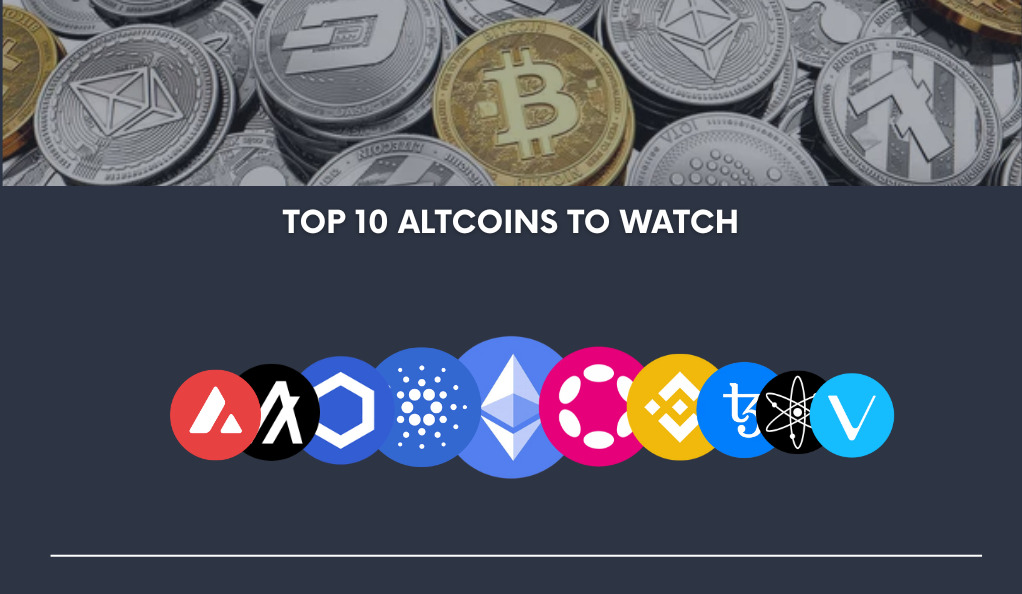
Overview
With the ever-expanding universe of altcoins, it’s crucial for investors and enthusiasts to keep an eye on those showing the most promise. Here’s a curated list of the top 10 altcoins that have garnered significant attention in 2023, along with a brief overview of their unique features and potential:
- Ethereum (ETH): Ethereum stands out with its robust smart contract platform, further enhanced by the Ethereum 2.0 upgrade and the introduction of staking. As the pioneering force behind smart contracts, Ethereum maintains its dominant position, especially in the realms of Decentralized Finance (DeFi) and Non-Fungible Tokens (NFT) sectors.
- Cardano (ADA): Cardano is distinguished by its proof-of-stake mechanism, emphasizing sustainability and academic research-driven development. With its commitment to creating a more scalable and eco-friendly blockchain, Cardano has positioned itself as a major contender in the crypto space.
- Polkadot (DOT): Polkadot shines with its focus on interoperability, allowing different blockchains to communicate and share information through its parachains and cross-chain transfers.
- Chainlink (LINK): Chainlink has carved a niche for itself with its decentralized oracle system, bridging the gap between blockchains and real-world data.
- Binance Coin (BNB): Binance Coin, the native token of the world’s largest cryptocurrency exchange, Binance, has expanded its utility with the Binance Smart Chain, facilitating smart contracts and decentralized applications.
- Tezos (XTZ): Tezos stands out with its on-chain governance model and self-amending ledger, offering a unique blend of innovation and user empowerment.
- Algorand (ALGO): Algorand’s pure proof-of-stake consensus mechanism ensures swift transaction finality, focusing on efficiency and sustainability.
- Cosmos (ATOM): Cosmos, known as the “Internet of Blockchains,” emphasizes inter-blockchain communication, aiming for a more cohesive crypto ecosystem.
- Avalanche (AVAX): Avalanche offers high throughput and customization, allowing developers to create tailored blockchain solutions.
- VeChain (VET): VeChain’s focus on supply chain management and IoT integration ensures authenticity and traceability in product lifecycles.
Challenges and Risks Associated with Altcoins
While the potential of altcoins is undeniable, it’s essential to approach them with a balanced perspective. Like any investment, altcoins come with their own set of challenges and risks. Understanding these can help investors make informed decisions and navigate the crypto space more safely.
Volatility in the Altcoin Market
One of the most prominent characteristics of the cryptocurrency market is its volatility. Price swings can be dramatic, with assets sometimes gaining or losing significant value within short time frames. Factors contributing to this volatility include:
- Market Speculation: Many traders buy altcoins hoping for short-term gains, leading to price bubbles that can burst suddenly.
- Lack of Regulation: The relatively unregulated nature of the crypto market can lead to manipulative practices, affecting prices.
- News and Events: Announcements, regulatory changes, or even rumors can have a disproportionate impact on altcoin prices.
Regulatory Challenges
As governments worldwide grapple with how to approach cryptocurrencies, regulatory challenges arise:
- Uncertain Legal Status: The classification of altcoins (whether as securities, commodities, or currencies) varies by jurisdiction, leading to legal ambiguities.
- Tax Implications: Many countries are still formulating tax guidelines for crypto earnings, making it challenging for investors to comply.
- Potential Bans: Some governments have taken a hard stance against cryptocurrencies, leading to outright bans or severe restrictions.
Security Concerns and Potential Pitfalls
The decentralized nature of altcoins, while a strength, also presents security challenges:
- Exchange Vulnerabilities: Crypto exchanges, where many investors buy and sell altcoins, have been targets for hacks, leading to significant losses.
- Wallet Security: Storing altcoins securely requires diligence. Vulnerable or compromised wallets can lead to stolen funds.
- Smart Contract Flaws: Altcoins based on smart contracts, like those on the Ethereum platform, can have vulnerabilities. If not addressed, these can be exploited.
Project Viability and Longevity
Given the vast number of altcoins, not all will stand the test of time:
- Unrealized Promises: Some projects make ambitious claims but fail to deliver, leading to diminished trust and value.
- Competition: With many altcoins addressing similar use-cases, only a few might emerge as dominant players in their niche.
- Lack of Development: Projects that fail to innovate or adapt to changing market conditions can quickly become obsolete.
How to Invest in Altcoins: A Beginner’s Guide
The allure of altcoins is undeniable, especially with stories of early investors reaping substantial rewards. However, the world of cryptocurrency can be daunting for newcomers. This guide aims to provide a roadmap for those looking to venture into the altcoin market, ensuring a safe and informed journey.
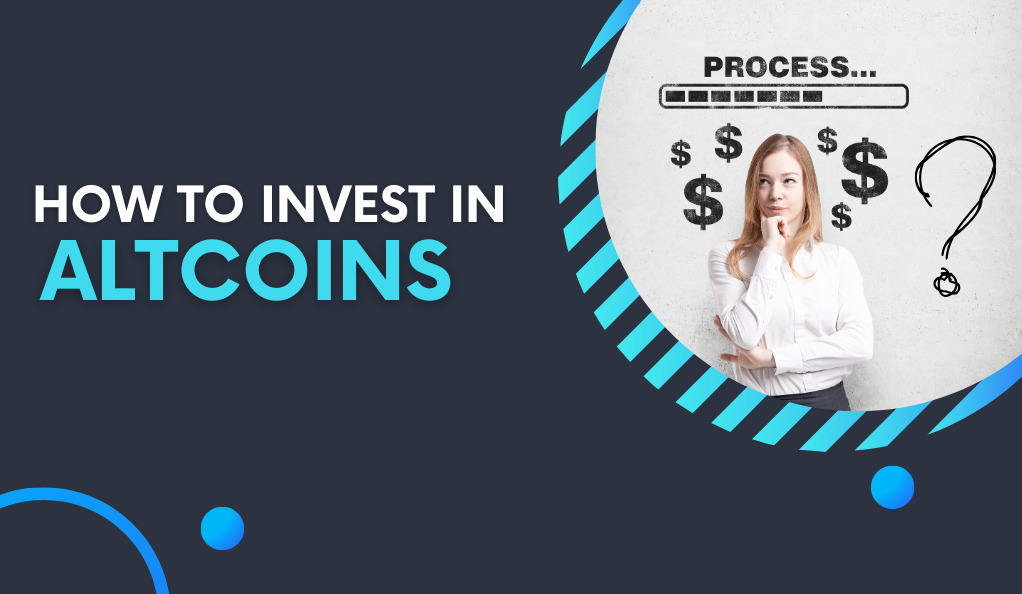
Researching and Choosing the Right Altcoin
Before investing, it’s paramount to conduct thorough research:
- Whitepapers: Every legitimate altcoin project will have a whitepaper detailing its objectives, technology, team, and roadmap. This document provides insights into the project’s viability and potential.
- Community Engagement: Active and engaged communities often indicate a healthy altcoin project. Platforms like Reddit, Twitter, and Telegram can offer a pulse on community sentiment.
- Development Activity: Check platforms like GitHub to gauge the activity and progress of the altcoin’s development team.
Safe Storage and Management of Altcoin Investments
Once you’ve decided on an altcoin, the next step is ensuring its safe storage:
- Hardware Wallets: These are physical devices that store your altcoins offline, making them immune to online hacks. Brands like Ledger and Trezor are popular choices.
- Software Wallets: These are applications or software programs installed on computers or smartphones. While convenient, they are connected to the internet and can be vulnerable to malware or hacks.
- Exchange Wallets: While exchanges offer built-in wallets, it’s generally advised to transfer significant amounts to personal wallets, as exchanges can be hacking targets.
Tips for Mitigating Risks
Investing in altcoins, like any investment, comes with risks. Here are some tips to mitigate them:
- Diversify: Avoid putting all your capital into one altcoin. Diversifying across multiple projects can spread and reduce potential risks.
- Stay Updated: The crypto landscape evolves rapidly. Regularly follow news, updates, and community discussions to stay informed.
- Avoid FOMO (Fear of Missing Out): It’s easy to get swept up in the hype, especially during bull runs. Make decisions based on research, not emotions.
- Use Two-Factor Authentication (2FA): Enhance security on exchange accounts and wallets by enabling 2FA.
- Start Small: If you’re new to the crypto world, consider starting with a small amount. This will allow you to learn the ropes without exposing too much capital.
The Future of Altcoins: Beyond 2023
The rapid evolution of altcoins over the past decade is a testament to the transformative power of blockchain technology. As we look beyond 2023, several trends and developments hint at the direction altcoins might take, shaping the future of digital finance.
Predictions for the Altcoin Market in the Next 5 Years
- Consolidation: While the number of altcoins has proliferated, it’s likely that the market will see consolidation. Projects with clear use-cases, strong communities, and robust technology will thrive, while others may fade away.
- Regulatory Clarity: As governments become more familiar with the crypto landscape, clearer regulations will emerge. This will provide a more stable environment for genuine projects and weed out scams or unsustainable models.
- Mainstream Integration: Altcoins will find more real-world applications, from payment solutions to supply chain management, making them an integral part of various industries.
Emerging Trends and Technologies
- Decentralized Identity: Altcoins could play a pivotal role in creating decentralized identity systems, giving users control over their personal data.
- Interchain Communication: The future will see more projects focusing on ensuring different blockchains can seamlessly interact, creating a more interconnected and cohesive crypto ecosystem.
- Sustainable Crypto: With growing concerns about the environmental impact of cryptocurrencies, altcoins focusing on green technologies and sustainable consensus mechanisms will gain prominence.
The Potential for Mainstream Adoption
- Retail Acceptance: More retailers, both online and offline, will start accepting altcoins as a mode of payment, driven by consumer demand and the benefits of crypto transactions.
- Institutional Investment: As the crypto market matures, more institutional investors will venture into altcoins, recognizing their potential for high returns and portfolio diversification.
- National Cryptocurrencies: Some countries might launch their own altcoins or digital currencies, integrating them into their financial systems.
Conclusion
The transformative journey of altcoins from their inception to their current prominence in the digital finance landscape is nothing short of remarkable. These alternative cryptocurrencies, each with its unique features and solutions, have not only complemented the pioneering Bitcoin but have also expanded the horizons of blockchain technology. Their ability to address specific market needs, offer technological innovations, and provide real-world applications has solidified their position in the ever-evolving crypto ecosystem. As we’ve delved into their evolution, challenges, and future prospects, it’s evident that altcoins are not just fleeting trends but integral components of a decentralized financial future.
Looking ahead, the potential of altcoins is vast, but it’s coupled with inherent risks and challenges. As the crypto domain continues to mature, it will be the projects that prioritize innovation, community engagement, and real-world utility that will stand the test of time. For investors and enthusiasts, the key lies in staying informed, being adaptable, and approaching the altcoin market with a blend of caution and optimism. The digital revolution is in full swing, and altcoins are at its forefront, poised to redefine the paradigms of finance, commerce, and beyond.
